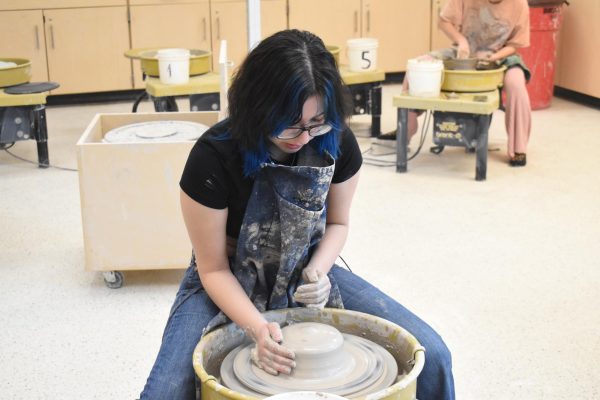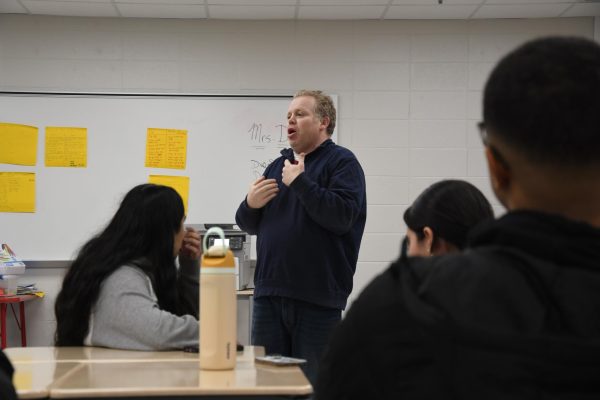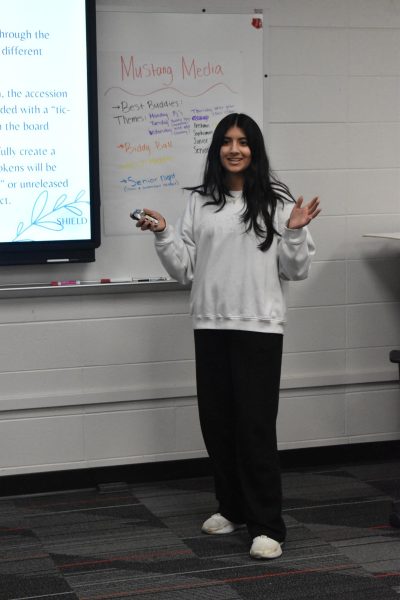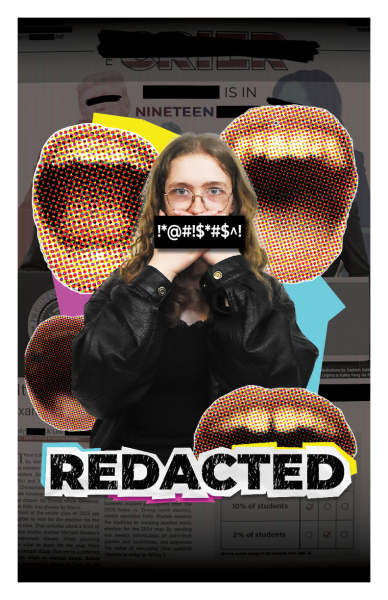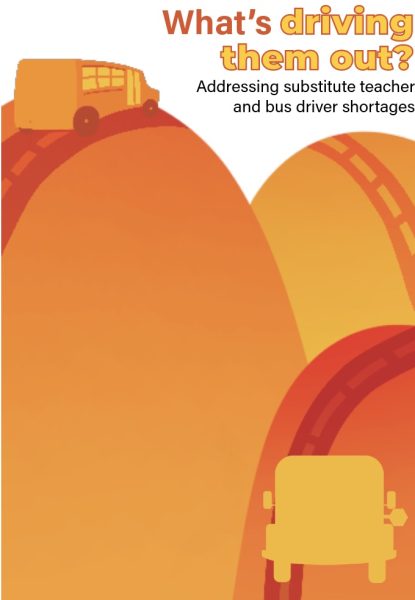Indiana legislatures plan on lowering the price of school. But at what cost?
Indiana high schools anticipate updates on Governor Holcomb’s plan to eliminate course fees
You, as an MHS student, pay approximately $313 a year in course fees. Considering the 1,580 students enrolled in the 2022-2023 school year, that’s nearly $500,000 covering anything from laptops and textbooks to the clay used in ceramics. Planned to go into effect June 30—if passed—several House and Senate Bills will require Indiana public schools to eliminate curricular fees. This means that almost half a million dollars will no longer be paid by parents for students to attend school.
At the moment, the administration is waiting for the state to define what fees they will eliminate before making a plan for Munster schools. With experience from a similar bill passing in Idaho at his old district, Mr. Bret Heller, superintendent, predicts this will be a gradual process that will likely start with technology, like laptops, and textbooks.
When students are charged for the classes they take, it is typically split up into two different types of fees—consumable and curricular fees. For example, science teacher Mrs. Dawn Vidt’s AP Chemistry class costs $40, which consists of consumables, such as goggles and chemicals used in labs, and a curricular fee for the textbook. In addition to the upcoming lab remodel this summer and pre-AP curriculum changes, the science department worries about next year.
“It’s stressful because we don’t want to be in a situation where we’ve adopted something that doesn’t work out and we’re stuck with it for the next four to six years,” Mrs. Vidt said. “Can we purchase a textbook that is really well supported with videos and simulations if we can’t get chemicals? You try to be ahead of it, but sometimes the politics involved make it nearly impossible for us to do our job.”
How the bill could have a positive impact:
- Students’ bills per year of school will be significantly reduced.
- Students who struggle with these fees will be able to take more immersive classes without worrying about the cost.
- “Based on the dollar figures they’ve thrown around so far of what they would give per student, we would end up having to figure out a way to fund the laptops ourselves,” Mr. Heller said. “That would have to come out of our budget somewhere, but we’ll do it. Our goal will be to not impact kids’ programs and not make teachers’ lives harder, which is easier said than done.”
How the bill could have a negative impact:
- With curricular changes, teachers may experience an increase in stress when it comes to lesson plans and structure of the class.
- “The state rewrote the Chemistry I curriculum and we’ve had it in place for one year,” Mrs. Vidt said. “We’ve done a lot of work to rewrite and restructure assessments and learning activities and hands-on stuff for it. But then again, we just got another number that says it will probably be further changed.”
- Various hands-on activities within the curriculum will be eliminated in order to lower costs. Since the curricular costs are mostly likely to be eliminated by the bill first, the consumable fees will be hindered in order to cover textbook and laptop fees.
- “If we were charging ‘x’ and now we receive ‘y,’ and y is less than x, the schools are going to have to eat that cost,” Mr. William Melby, director of financial operations, said. “If they can’t, they’re going to have to cut programs. For ceramics, maybe you did five projects before, but now you can only do three because that’s how much we can afford with the money given from the state.”
- “To run a ceramics class, or any art class, the course is totally dependent on the fees students pay,” Mr. Carl Fields, ceramics teacher, said. “The supplies that we use are not just paper and crayola markers. So, is the district going to be able to compensate for the loss of that income? Without it, my class will cease to exist.”

Hi! I am Josephine and I'm a photographer but I do write. I love playing golf and watching movies!




